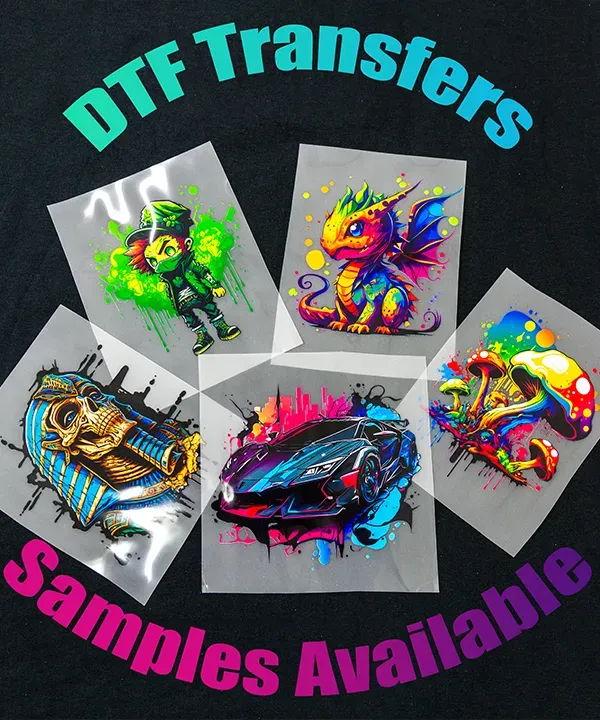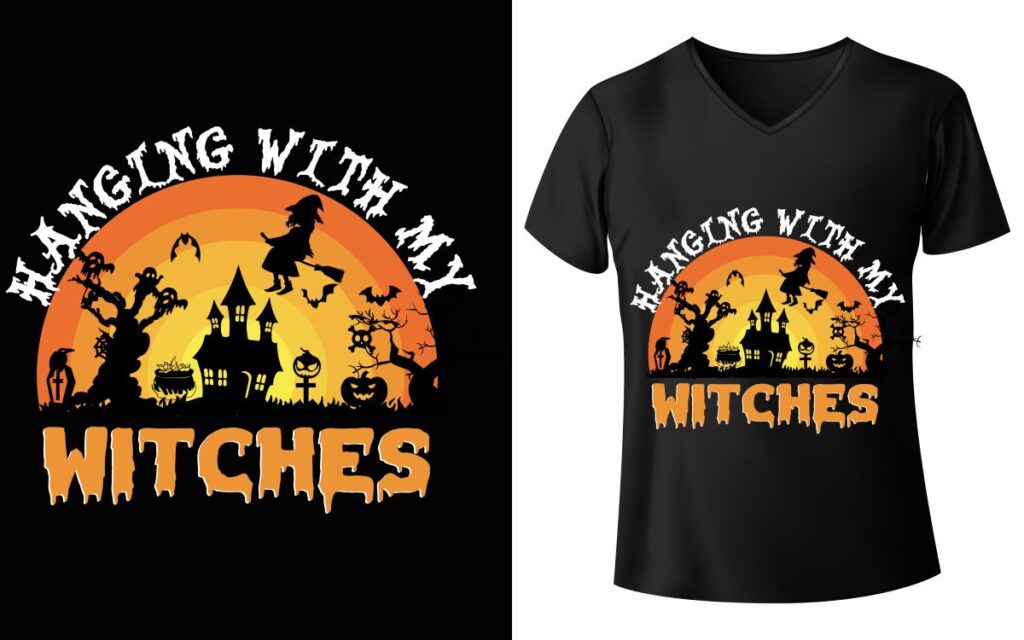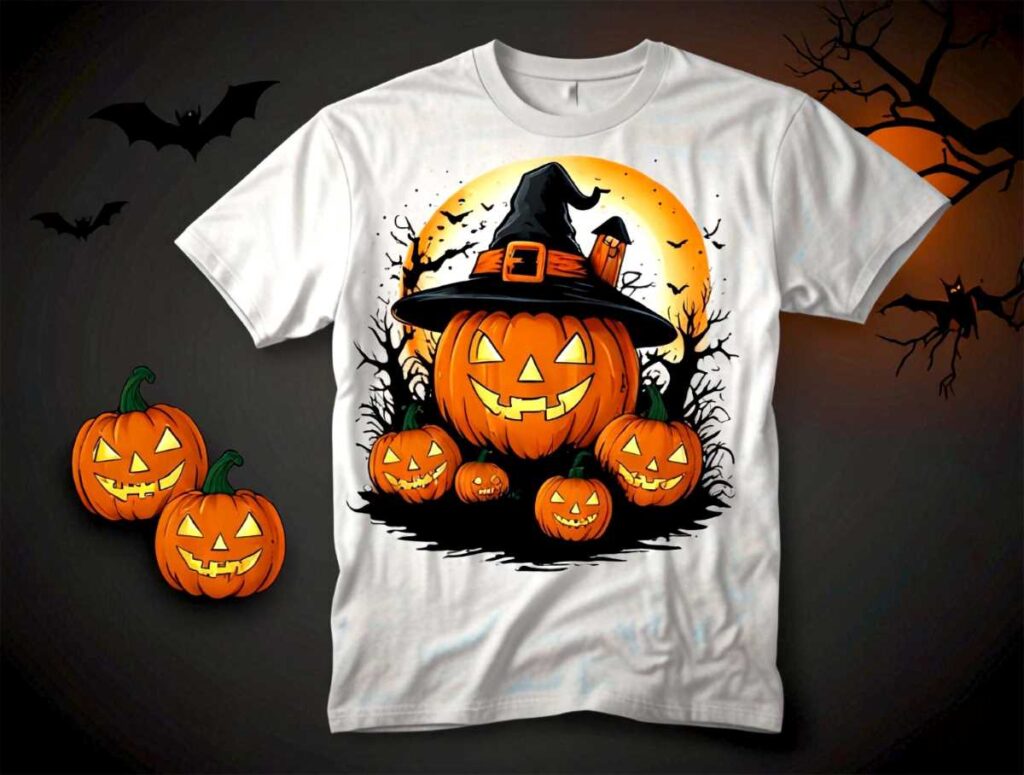DTF transfers, or direct-to-film transfers, are revolutionizing the custom apparel printing landscape with their ability to produce vibrant colors and unparalleled durability. This innovative printing method allows designers to create high-quality DTF prints that showcase breathtaking designs, making each piece of clothing a unique canvas for creativity. Whether you’re delving into custom DTF apparel for personal use or expanding your merchandise line, understanding the nuances of DTF printing tips can significantly enhance the overall impact of your designs. As we explore the essentials of successful DTF transfers, you’ll find that achieving stunning results is within your reach. Let’s dive into five crucial tips that will elevate your DTF printing game, ensuring your artwork sparks interest and leaves a lasting impression.
The world of direct-to-film technology is gaining traction as a preferred solution for custom garment decoration and merchandise enhancement. Known for its vibrant designs and excellent print quality, DTF printing opens up endless possibilities for custom apparel ventures. With a focus on direct-to-film applications, enthusiasts can unlock exceptional results through innovative techniques and high-quality materials. This article aims to guide you through essential practices and effective strategies that will elevate your DTF transfer skills, leaving you equipped to produce remarkable prints that resonate with your audience. Discover how you can transform your creative visions into reality by perfecting your DTF transfer methods.
The Importance of Using High-Quality Materials in DTF Transfers
When embarking on your DTF transfers journey, it’s imperative to start with high-quality materials. The foundation of any successful print job lies in the selection of superior DTF films and inks. Opting for well-regarded brands like A-Star or TransferExpress not only assures vibrant colors but also ensures that your prints will endure wear and tear over time. Quality materials significantly enhance adhesion, leading to prints that maintain their appearance even after numerous washes.
Moreover, non-premium materials often lead to issues such as misalignment and fading, causing frustration for any designer. By investing in top-tier supplies, you’re not just optimizing your work’s immediate visual appeal, but you’re also securing durability that translates into customer satisfaction and repeat business. Remember, the initial investment in quality materials can yield much greater returns through enhanced product longevity and performance.
Optimizing Your Artwork for DTF Printing
Artwork optimization plays a crucial role in the outcome of your DTF transfers. High-resolution files, ideally set at 300 DPI, make a significant difference in ensuring sharp, clear designs that translate beautifully onto fabric. Employing vector graphics can be particularly advantageous, as these formats allow for resizing without loss of quality, making them a reliable option for custom DTF apparel.
Additionally, it’s essential to utilize color profiles that are specifically calibrated for DTF printing. This attention to detail aids in achieving vibrant DTF designs that reflect true color accuracy. By taking the time to prepare your graphics meticulously, you’ll sidestep potential pitfalls that lead to poor quality prints. Ultimately, optimized artwork is the linchpin that connects your vision with the high-quality DTF prints that your customers crave.
Mastering Printer Settings for Exceptional DTF Prints
The printer settings are pivotal when it comes to achieving exceptional DTF prints. Utilizing customized settings designed for your specific transfer film is key to ensuring vibrant and detailed output. Adjustments in color density, resolution, and print speed can dramatically influence the final product, helping to create high-quality DTF prints that meet professional standards.
Additionally, maintaining your printer is just as important as selecting the right settings. Regular cleaning of printer heads not only keeps your equipment in top shape but also prevents issues like streaking, which can detract from the quality of your prints. By keeping abreast of maintenance protocols and adjusting settings thoughtfully, you position yourself for superior outcomes in your DTF printing initiatives.
Heat Press Techniques for Optimal DTF Transfer Results
The heat press process is a critical step in the DTF transfer workflow that can make or break the final product. Achieving the right temperature and pressure is essential to ensure that the transfer adheres correctly to the fabric. Most DTF transfers require a heat setting between 330°F to 350°F and a pressing duration of 12 to 15 seconds, followed by a cold peel method to secure the design without smudging.
Investing in a reliable heat press and familiarizing yourself with its specific settings plays a significant role in achieving consistent results. Having a checklist handy that outlines temperature, pressure, and timing can streamline your workflow, reducing the potential for errors. Mastering this technique not only enhances the quality of your prints but also instills confidence in your printing process.
Testing and Adjusting: The Key to DTF Printing Success
Before committing to large production runs, it’s essential to conduct test prints. These preliminary tests enable you to check for color accuracy, alignment, and overall design integrity. With DTF printing, subtle tweaks can often result in significant improvements, and performing sample prints allows you to refine your techniques and adjust settings as necessary.
Moreover, keeping a portfolio of successful designs can serve as a valuable reference for future projects. Testing doesn’t just help in achieving better prints but also fosters a mindset of continuous improvement. By embracing a culture of testing and adjusting, you lay the groundwork for consistently stunning results, elevating your DTF printing capabilities to new heights.
Embracing DTF Transfers for Vibrant Custom Apparel
DTF transfers present an incredible opportunity for designers and businesses looking to offer vibrant custom apparel. The ability to produce high-quality prints that showcase stunning colors makes DTF an increasingly popular choice among customization experts. From t-shirts to hoodies, the diversity of applications for DTF printing gives creators the freedom to express their artistic visions brilliantly.
As you explore the world of DTF printing, you’ll find that the combination of quality materials, optimized artwork, and proper techniques allows for unparalleled design possibilities. Whether your goal is to create promotional items or unique fashion pieces, DTF supplies the tools necessary to deliver eye-catching results that resonate with your audience, turning your creative ideas into wearable art.
Frequently Asked Questions
What are DTF transfers and how do they work?
DTF transfers, or direct-to-film transfers, are a printing method where designs are printed onto a special film and then transferred onto garments using heat and pressure. This technique allows for high-quality DTF prints with vibrant designs that adhere well to various fabric types, making it a popular choice for custom DTF apparel.
What materials are needed for successful DTF printing?
To achieve stunning results with DTF transfers, it’s crucial to use high-quality materials. This includes premium DTF films and inks from reputable brands like A-Star or Epson. These materials enhance adhesion, color vibrancy, and print durability, ensuring your custom DTF apparel stands out and lasts through multiple washes.
What are the best practices for optimizing artwork for DTF transfers?
When preparing artwork for DTF transfers, aim for high-resolution images at 300 DPI to maintain clarity after the transfer. Using compatible color profiles for DTF printing is essential to achieve vibrant colors. Additionally, consider using vector graphics to avoid distortion and ensure proper sizing for your garments.
How can I set up my printer for DTF printing?
Correct printer settings are vital for high-quality DTF prints. Adjust your printer’s color density and resolution according to the type of transfer film being used. Regular maintenance, such as cleaning the printer heads, is also essential to prevent smudging and ensure consistent results in your DTF transfers.
What temperature and pressure should I use for heat pressing DTF transfers?
For DTF transfers, a heat press temperature of 330°F to 350°F is recommended, lasting 12 to 15 seconds. Utilize a cold peel method afterward to avoid peeling or fading. Investing in a reliable heat press and understanding its settings will improve your results significantly.
Why is testing important before committing to large batches of DTF transfers?
Testing is crucial in DTF printing as it allows you to assess design accuracy, color vibrancy, and application techniques. Conducting sample prints helps identify adjustments needed for optimal results. Maintaining records of successful tests ensures consistency in your future DTF transfer projects.
| Tip | Description |
|---|---|
| 1. Use High-Quality Materials | Select superior DTF films and inks for better adhesion and color vibrancy, ensuring prints are durable even after multiple washes. |
| 2. Optimize Your Artwork | Work with high-resolution (300 DPI) graphics and compatible color profiles. Use vector graphics to maintain quality across sizes. |
| 3. Proper Printer Settings | Adjust printer settings for color density and resolution specific to the transfer film, and keep the printer well-maintained to avoid quality issues. |
| 4. Heat Press Correctly | Apply the right temperature (330°F – 350°F) and pressure for 12-15 seconds, using cold peel method to ensure transfer integrity. |
| 5. Test and Adjust | Conduct test prints to evaluate design and color accuracy, making necessary adjustments to achieve desired results before large batches. |
Summary
DTF Transfers offer a revolutionary approach to custom apparel printing, characterized by their vibrant colors and durability. By employing these five essential tips, namely using high-quality materials, optimizing your artwork, setting the proper printer settings, mastering heat pressing, and conducting thorough testing, you can enhance the quality of your DTF transfers significantly. This attention to detail not only improves the aesthetic appeal of the prints but ensures they hold up over time, making DTF Transfers a superior choice for anyone looking to impress with their printed designs.



